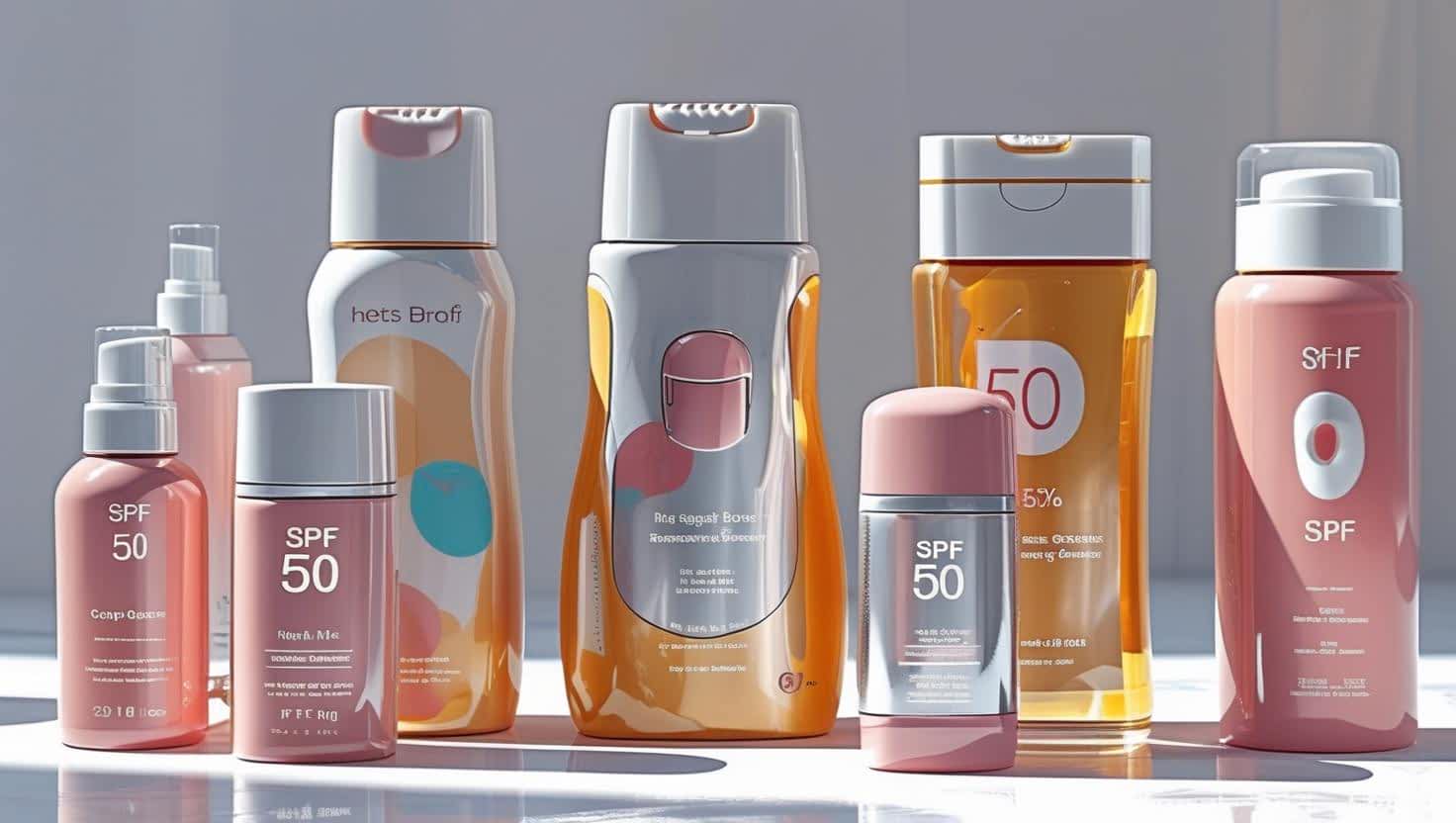The Importance of Suncare during Cancer Treatment

The sun can have harmful effects on skin at any time of the year. However, radiation and chemotherapy treatments, as well as some medications, can increase your susceptibility to sunburn and skin damage.

Suncare during Radiation Treatment
As a general rule, you don’t want any sun exposure on a treatment site while receiving radiation treatment. Always check with your radiation oncologist before using sunscreen if you are undergoing radiation. Your doctor may not want you to put sunscreen or any because the skin is prone to injury
General Sun Protection tips during cancer treatment
Use a sunscreen that is specially formulated for your face that delivers both UVA and UVB protection in a broad spectrum SPF 30 or higher.
Apply sun protection daily and liberally – a dollop about the size of a golf ball – to all exposed skin, such as the lips, ears, scalp, sides and back of neck, and exposed chest.
Get in the habit of applying sun protection every morning, about 20 to 30 minutes before going outside, and reapply often – about every two hours.
Remember that you’re still exposed to UVA/UVB rays even in the shade.
Stay inside during the intense-sun hours of 11 a.m. to 4 p.m. Though remember: If you’re indoors, windows offer no protection against UVA rays.
Don’t forget to wear a hat – preferably one with a wide brim of about three inches.
Let’s navigate this together
Join a community that understands. Receive expert advice, useful resources, and compassionate tips throughout your cancer journey in the LGFB newsletter